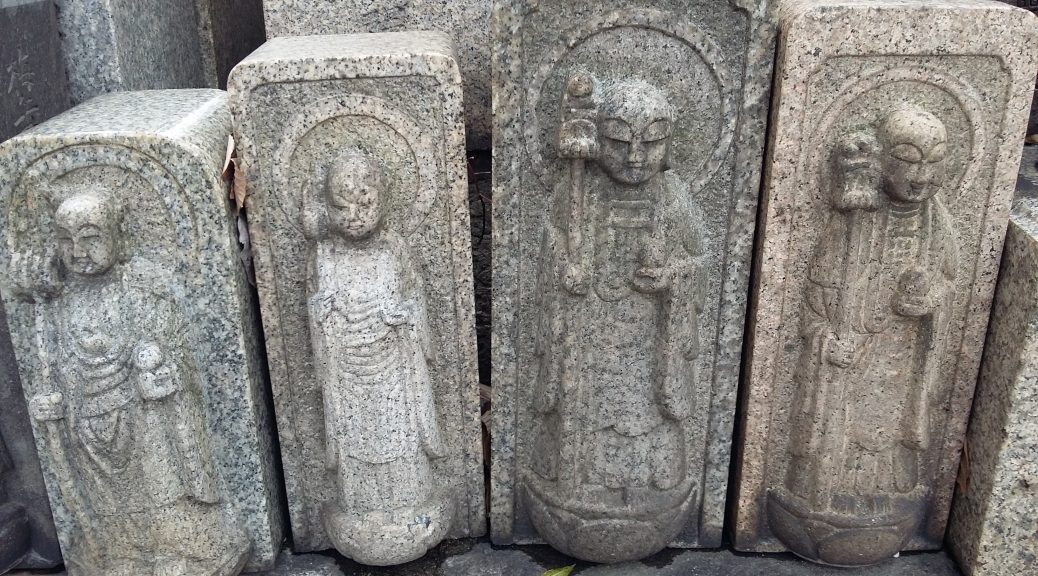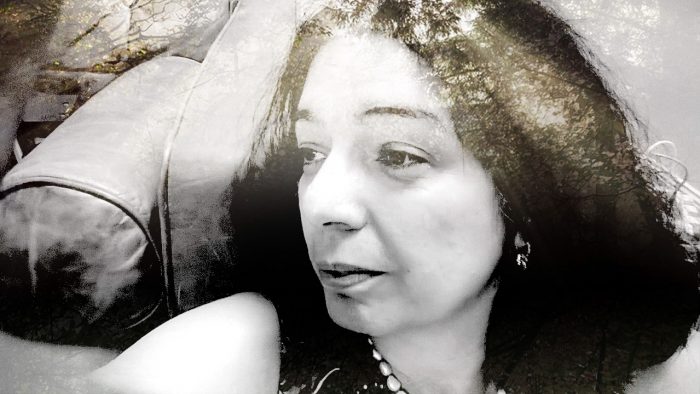Time and what you do with it

About this time last year I went to an exhibition of prints, paintings and stained glass by Christian Waller, an art nouveau artist from Castlemaine, Victoria. The artworks were incredible. Absolute artistry: technique combined with expression. Each work had mythical underpinnings as Waller was interested in theosophy and expressed her studies in what she created. I found the exhibition moving and inspiring. But I also felt a deep well of frustration that sits inside me.
What I saw in those artworks was the expression of time. The exhibition reminded me making good art is a full-time job. To reach that level of technical mastery, as well as to have the ability to move people many, many years after she created her art, Waller needed the time to become excellent at her craft. These were the works of someone who had given much time to her creative gifts.
Finding Time to Create
I have spent many years fitting my writing around real life. Raising children, earning an income, the mundanities of every day living such as doing the washing. These are all things I have given priority to over my writing, my entire life.
But whatever I have done over the years, there’s always been a part of me burning to create. To write stories, to draw and paint, to express myself in creative ways. I was trained as a social worker and worked in social work for many years, but it never felt like my vocation. Then I had children and spent years raising them, including a long period of home-schooling them. Once my children were becoming independent, I went back to study because I’d been out of the workforce so long. This led me to become an academic editor, which was enormously helpful in becoming a better writer. But it was another task to add to my time.
The Creative Flame
Throughout all those years the creative drive was burning inside me. And I was barely fuelling the flame. My writing always came last, fitted around everything else that needed to be done. When I was published, I had a major dose of imposter syndrome because I felt I had barely given any time to writing. In reality, that’s not true – you don’t end up with six novels, a musical, various plays and any number of short stories if you haven’t spent time writing. But it was always peripheral. Creative time squeezed in around the edges of living time.
As you get older, this issue becomes more pressing. As more of my family pass away, my awareness that we all only have a limited span becomes more acute. I have health issues that may restrict my ability to sit and type in the future. At some point, writing stories may become more difficult. Often people don’t do things they want to do, because they think there’s always time. Our days pile up behind us, filled with a lot of the things we have to do, and less of the things we love to do. But time isn’t an endless resource. So feed your creative flame. Bring beautiful things into the world. Make people think and feel with your words and songs and art. Remind us we are human.
 This is probably a really stupid post to write for an author who uses social media to promote her books. But I am deeply interested in the practice and nurture of creativity. In my experience, the more time I spend on social media, the less I am able to draw on my creative abilities. And I find spending time away from social media difficult. I know I’m not the only one. When I catch up with friends, it’s usually a question of when they will pull out their phone or I pad, not if. At the same time, none of them will admit they find these things addictive. Every single one of us thinks we’re in control. It’s only our friends who aren’t.
This is probably a really stupid post to write for an author who uses social media to promote her books. But I am deeply interested in the practice and nurture of creativity. In my experience, the more time I spend on social media, the less I am able to draw on my creative abilities. And I find spending time away from social media difficult. I know I’m not the only one. When I catch up with friends, it’s usually a question of when they will pull out their phone or I pad, not if. At the same time, none of them will admit they find these things addictive. Every single one of us thinks we’re in control. It’s only our friends who aren’t. We live in interesting times. Some would say dark times. It can be hard to see the light in the face of climate change and rising hatred. As a writer, or an artist of any type, it can be difficult to feel that what you do matters. Many of my creative friends seem to regularly experience waves of doubt about continuing with their art. Partly this doubt arises because of the economic narratives that favour makers of money over makers of art, as I’ve spoken of before. We are told we don’t matter if what we do isn’t financially successful It can also be because it’s easy to feel like a tiny voice in a great sea of voices, failing miserably to be noticed. And it can arise because there are those who take delight in telling writers and artists that they are being self-indulgent.
We live in interesting times. Some would say dark times. It can be hard to see the light in the face of climate change and rising hatred. As a writer, or an artist of any type, it can be difficult to feel that what you do matters. Many of my creative friends seem to regularly experience waves of doubt about continuing with their art. Partly this doubt arises because of the economic narratives that favour makers of money over makers of art, as I’ve spoken of before. We are told we don’t matter if what we do isn’t financially successful It can also be because it’s easy to feel like a tiny voice in a great sea of voices, failing miserably to be noticed. And it can arise because there are those who take delight in telling writers and artists that they are being self-indulgent. Everyone has the ability to live both ways, of course, and lives are a mix of creative and destructive acts. The question is, on balance, what do you bring to the world? Are you led to create, or to destroy? The writers and artists I know feel their creativity as an urge they must follow. Yet they doubt themselves. As if creativity were not a force for good in the world. As if creativity doesn’t make things better, in ways you can’t see.
Everyone has the ability to live both ways, of course, and lives are a mix of creative and destructive acts. The question is, on balance, what do you bring to the world? Are you led to create, or to destroy? The writers and artists I know feel their creativity as an urge they must follow. Yet they doubt themselves. As if creativity were not a force for good in the world. As if creativity doesn’t make things better, in ways you can’t see.


 Today I’m delving into the mind of author Isobel Blackthorn and I have to admit to being both excited and a little nervous. Isobel’s books are brilliant, and having a thrilling dark edginess. She holds a PhD in Western Esotericism and the occult features in most of her writing. So far Isobel has published five novels, The Legacy of Old Gran Parks, The Cabin Sessions, A Perfect Square, The Drago Tree and Asylum, and a short story collection, All Because of You. An avid writer, her current work includes two dark psychological thrillers and a biographical fiction of occultist, Alice Bailey. If this little taste leaves you wanting more, visit her
Today I’m delving into the mind of author Isobel Blackthorn and I have to admit to being both excited and a little nervous. Isobel’s books are brilliant, and having a thrilling dark edginess. She holds a PhD in Western Esotericism and the occult features in most of her writing. So far Isobel has published five novels, The Legacy of Old Gran Parks, The Cabin Sessions, A Perfect Square, The Drago Tree and Asylum, and a short story collection, All Because of You. An avid writer, her current work includes two dark psychological thrillers and a biographical fiction of occultist, Alice Bailey. If this little taste leaves you wanting more, visit her 

 tastic books out there that use this sort of overt magic. But I went in a different direction. What interests me is thinking about what magic already exists in the world. We forget how incredible life is, taking for granted all the wondrous things that happen every day. This is especially true for people. Their minds are complex, their lives are fascinating and their achievements can be staggering.
tastic books out there that use this sort of overt magic. But I went in a different direction. What interests me is thinking about what magic already exists in the world. We forget how incredible life is, taking for granted all the wondrous things that happen every day. This is especially true for people. Their minds are complex, their lives are fascinating and their achievements can be staggering.
 at’s just a story!’ There is no just a story. Of course not all stories are equal and some can be used to bad ends as well—but they are powerful things, never to be underestimated.
at’s just a story!’ There is no just a story. Of course not all stories are equal and some can be used to bad ends as well—but they are powerful things, never to be underestimated.